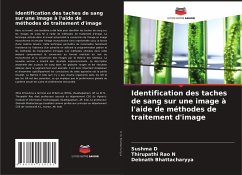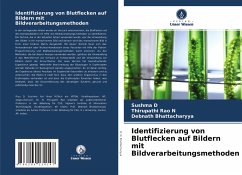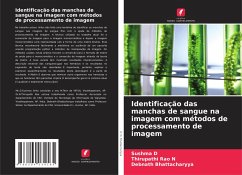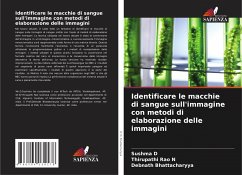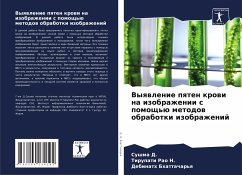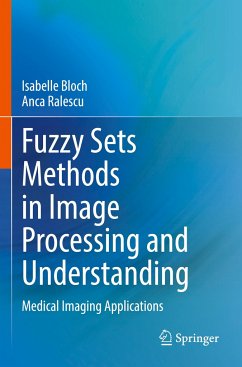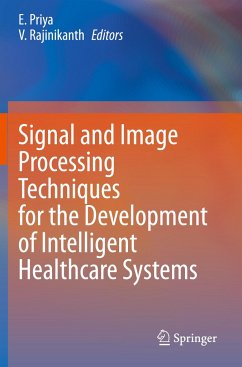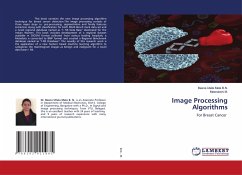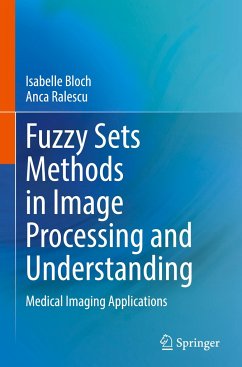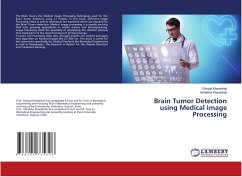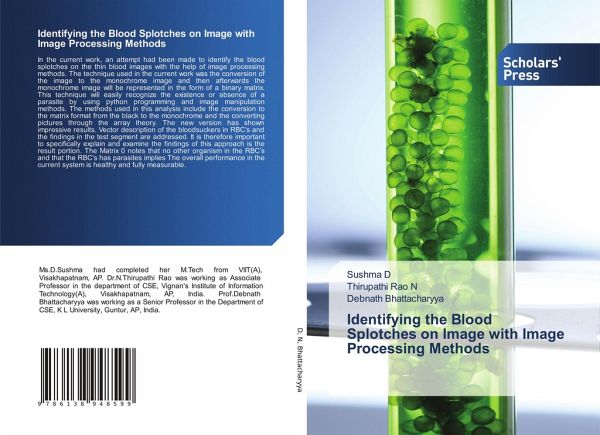
Identifying the Blood Splotches on Image with Image Processing Methods
Versandkostenfrei!
Versandfertig in 6-10 Tagen
40,99 €
inkl. MwSt.

PAYBACK Punkte
20 °P sammeln!
In the current work, an attempt had been made to identify the blood splotches on the thin blood images with the help of image processing methods. The technique used in the current work was the conversion of the image to the monochrome image and then afterwards the monochrome image will be represented in the form of a binary matrix. This technique will easily recognize the existence or absence of a parasite by using python programming and image manipulation methods. The methods used in this analysis include the conversion to the matrix format from the black to the monochrome and the converting ...
In the current work, an attempt had been made to identify the blood splotches on the thin blood images with the help of image processing methods. The technique used in the current work was the conversion of the image to the monochrome image and then afterwards the monochrome image will be represented in the form of a binary matrix. This technique will easily recognize the existence or absence of a parasite by using python programming and image manipulation methods. The methods used in this analysis include the conversion to the matrix format from the black to the monochrome and the converting pictures through the array theory. The new version has shown impressive results. Vector description of the bloodsuckers in RBC's and the findings in the test segment are addressed. It is therefore important to specifically explain and examine the findings of this approach is the result portion. The Matrix 0 notes that no other organism in the RBC's and that the RBC's has parasites implies The overall performance in the current system is healthy and fully measurable.



